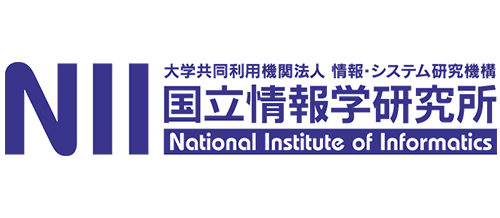
Research Graph schema is an accessible meta-model for connecting research objects. This schema is designed to provide a practical approach to construct large scale graphs from a distributed network of scholarly works, by following these design principles:
This schema enables the rapid development of local, national, or domain-specific research graphs with a trade-off between practicality and completeness.

The National Graph project is a collaborative approach to building a national-level graph of persistent identifiers. This capability provides insights into the collaborations between Australian research institutions, industry, and international partners.

Research Graph Augment API transforms disconnected research information to a connected graph, and augment this graph with the data from the global network of scholarly works.

Exploring the collaboration network of researchers by building an interoperable graph of research collaboration networks in Australia and internationally. The aim is to visualise how researchers collaborate in different domains across universities.

Exploring the collaboration network of coronavirus research at the global level, and knowledge mining from coronavirus literature.

GESIS – Leibniz-Institute for the Social Sciences is the largest infrastructure institution for the Social Sciences in Germany. With more than 300 employees in two locations (Mannheim and Cologne) GESIS render substantial, nationally and internationally relevant research-based infrastructure services.









